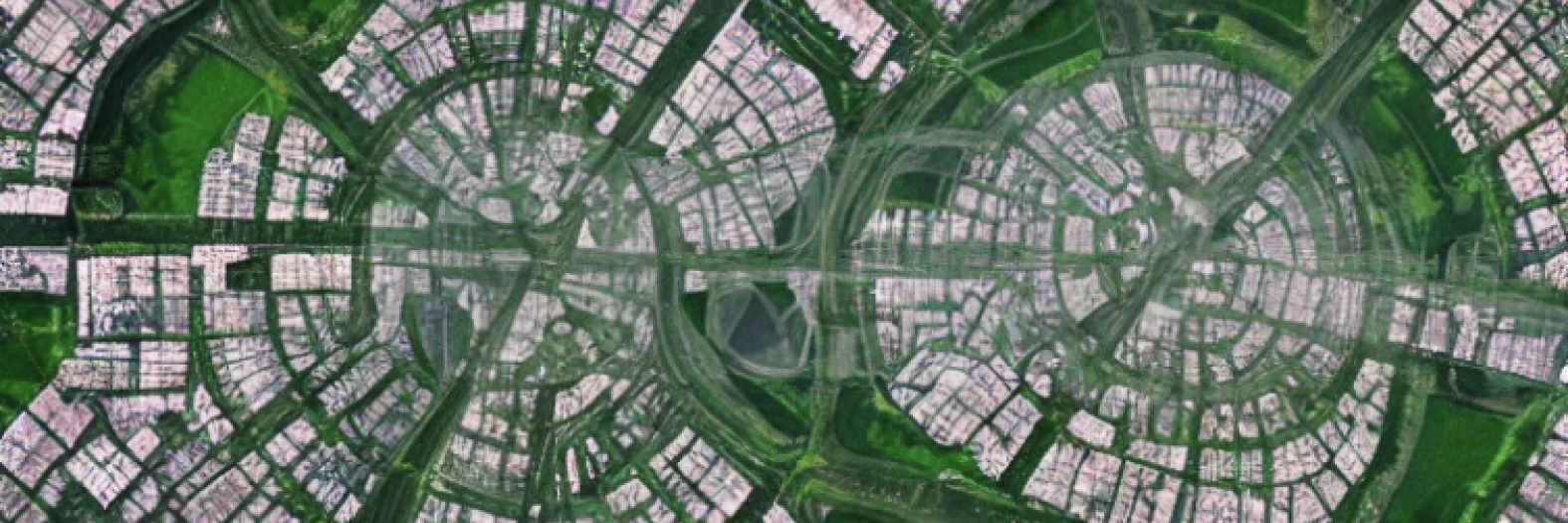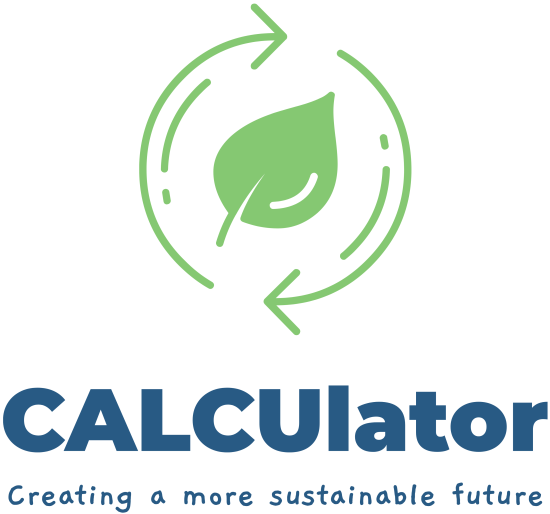CALCUlator: Carbon Absorption Loss from Continued Urbanization
How does vegetated land impact Net Zero Carbon goals for cities and corporations? Our CALCUlator product uses Google Earth Engine (GEE) data and Random Forest regression techniques to help City Planners as well as Chief Sustainability Officers understand the amount of natural carbon absorption lost from developing over vegetated land, and the cost to replenish that natural carbon absorption to achieve Net Zero Carbon.
Definition of terms
Carbon dioxide: A colorless, odorless gas produced by burning carbon and organic compounds and by respiration. It is naturally present in air (about 0.03 percent) and is absorbed by plants in photosynthesis.
Net Zero Carbon: Refers to achieving net-zero carbon dioxide emissions. This can be done by balancing emissions of carbon dioxide with its removal (often through carbon offsetting) or by eliminating emissions from society (the transition to the "post-carbon economy").
Urbanization: Refers to the population shift from rural to urban areas, the corresponding decrease in the proportion of people living in rural areas, and the ways in which societies adapt to this change.[1] It is predominantly the process by which towns and cities are formed and become larger as more people begin living and working in central areas.
More about our team and product
Motivation. We are a carbon conscious team, looking for ways to drive awareness around creating a more sustainable future. The motivation for our project came from the Earth Engine organization at Google. This org owns Google Earth Engine, Environmental Insights Explorer, Earth Desktop and Web, as well as MyMaps. They work with partners around the world, including but not limited to the World Resource Institute (WRI), the United Nations Food and Agriculture Organization (FAO), the Global Covenant of Mayors for Climate & Energy (GCoM), and multiple government and native communities. With these products, data scientists and politicians are doing incredible things, including habitat protection and restoration, sustainable city planning, carbon accounting, and much more.
Problem. With the motivation from the Earth Engine organization at Google, we set our focus on land vegetation and the natural carbon dioxide absorption that happens through photosynthesis. Photosynthesis is a natural process that takes carbon dioxide out of the atmosphere, converts it to natural organic compounds, protecting us from unwanted planet warming and climate change. Unfortunately, continued land development due to growing urbanization, destroys natural vegetation and replaces it with concrete and other structures. Carbon dioxide is the main driver of climate change and cities are responsible for 75% of global carbon dioxide emissions that affect climate change today. So what are we going to do about it?
Solution. Our product, CALCUlator (Carbon Absorption Loss from Continued Urbanization), providers City Planners as well as Chief Sustainability Officers the tools they need to understand how vegetated land must play into their Net Zero Carbon goals for creating a more sustainable future. Through our product, users can select a specific area of land to analyze how much natural carbon absorption would be lost by developing over that land and what the cost would be to replenish that natural carbon absorption. In addition to understanding carbon absorption loss and offsetting costs, users of our product can also analyze newly established vegetation to monitor carbon absorption gain to ensure that any replenished vegetation is actually meeting the carbon offsetting objectives to reach Net Zero Carbon. We hope users enjoy this MVP product and if there is enough interest in the market, we look forward to providing subsequent updates to the product.











